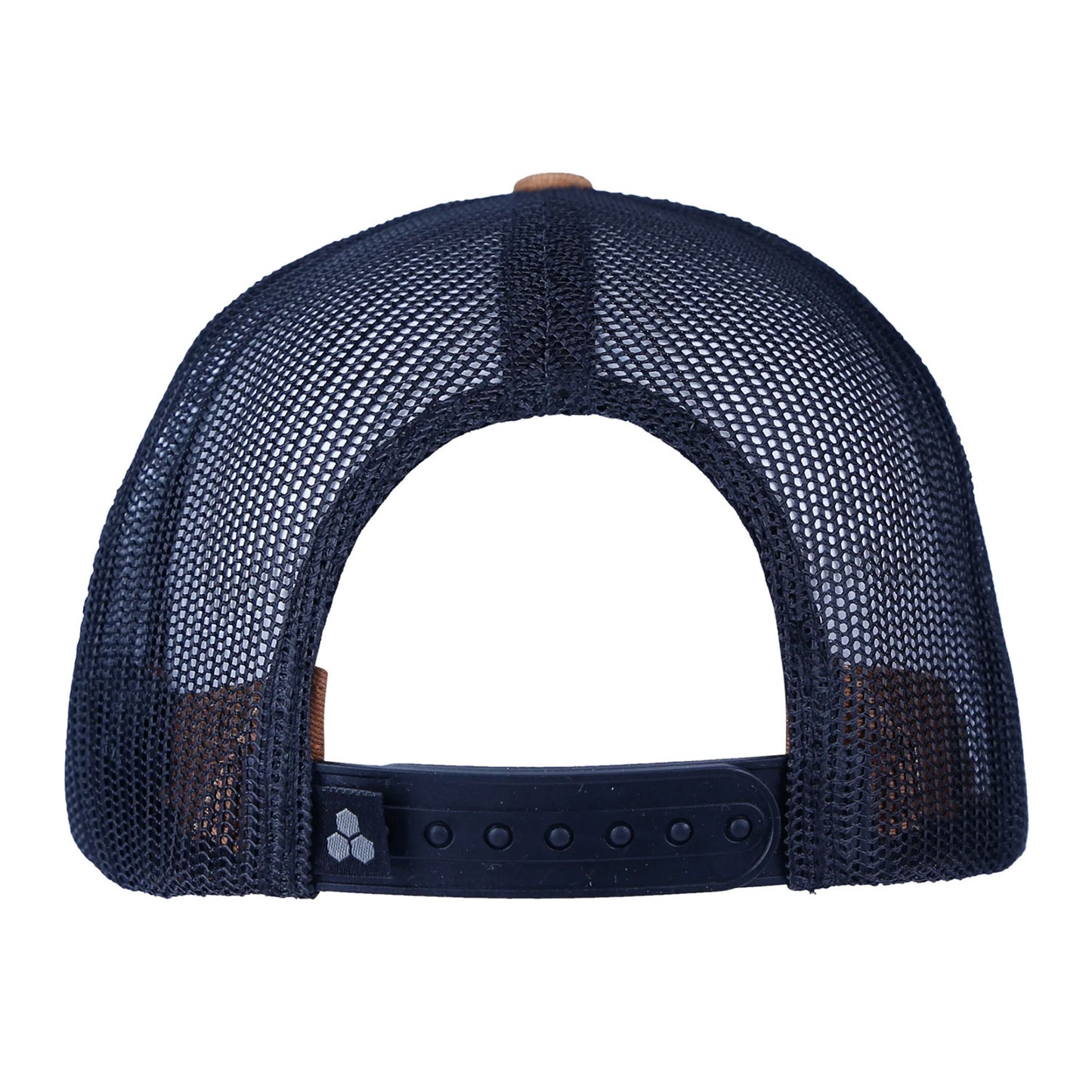Channel Islands CI Hex Trucker Cap Canvas Charcoal
Channel Islands CI Hex Trucker Cap Canvas Charcoal
Out of stock
Couldn't load pickup availability
Channel Islands CI Hex Trucker Cap Charcoal
Classic Canvas Trucker cap with mesh back and CI Hex logo patch. one size fits all with adjustable snap back fastener.
A timeless and versatile accessory, built for comfort and ease with a breathable mesh back and customizable fit for most head sizes. Timelessly stylish and great for a little sun protection too. Grab your CI Trucker while stocks last.
Check out our full cap range here
Who Are Channel Islands
Channel Islands Surfboards, founded in 1969, is a renowned surfboard brand based in Santa Barbara, California. Its co-founder, Al Merrick, began shaping boards with a focus on high performance and innovation.
Initially, Merrick made boards for local surfers before gaining wider recognition. His boards became popular with professional surfers. The company grew, becoming synonymous with elite competition-level boards, partnering with top athletes like Kelly Slater.
Throughout the 1980s and 1990s, Channel Islands became a leader in board design, producing models for various wave conditions. The brand has continued evolving, blending traditional craftsmanship with cutting-edge technology and materials.
Today, Channel Islands remains a staple in the surfing world, crafting boards known for performance, durability, and style. Their designs cater to surfers of all levels, from beginners to professionals, shaping the future of surfboard innovation.
History Of The Trucker Cap
The trucker cap has a unique place in American fashion and culture. It started as a simple work item. During the 1960s and 1970s, feed and farming supply companies gave them away. These caps were called “gimme caps” because they were free promotions. Their foam fronts were cheap to produce and easy to print on. Mesh backs made them breathable for hot working conditions. Farmers, truck drivers, and rural workers wore them daily. The caps became part of the American working-class uniform.
The trucker cap’s design is both practical and iconic. It has a high front panel, usually made of foam. This made company logos stand out clearly. The back is made of mesh, allowing airflow and comfort. The plastic snapback allows it to fit many head sizes. This design helped the cap spread fast among rural and blue-collar workers. It was not meant as a fashion item at first. It served a useful purpose in the workplace and in advertising.
By the 1980s and 1990s, the trucker hat started crossing over into mainstream culture. It remained popular among workers but also appeared in pop culture. Musicians, especially in country and rock genres, wore them often. The look became associated with rural pride and independence. It symbolized a tough, no-nonsense lifestyle. Still, it was seen mainly as a working-class accessory, not high fashion.
In the early 2000s, the trucker cap saw a major revival. This time, it became a fashion trend. Celebrities like Ashton Kutcher and Pharrell Williams wore them regularly. The Von Dutch brand made trucker caps into fashion statements. Suddenly, young people in cities were wearing them too. The cap had gone from rural to urban, from practical to trendy. Many longtime fans disliked this shift. They saw it as a misuse of their symbol.
Today, the trucker cap is a mix of both past and present. It’s still worn by workers and still sold in feed stores. But it’s also available in trendy boutiques and online shops. Designers now use it as a blank canvas for creativity. Logos, slogans, and art appear on modern versions. Despite changes, the cap remains rooted in its history. It stands for work, identity, and self-expression. Its journey from tool to trend is still evolving. The trucker cap’s simple shape holds a rich cultural story.
Share






